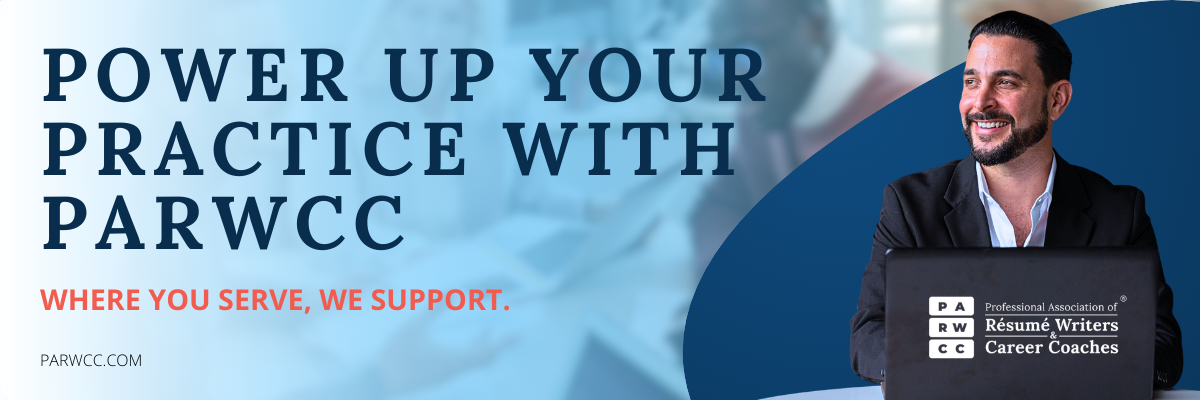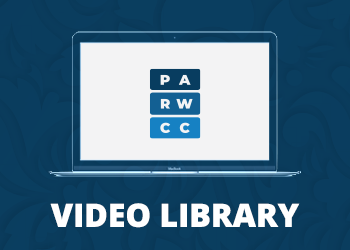How Long Does It Take to Get Certified as a Career Coach?
If you’re ready to become a career coach, or you’re already coaching and want to back up your expertise with a recognized credential, how long does certification actually take? It depends on the program, your schedule, and how you prefer to learn. Here’s what you can expect if you’re considering the Certified Professional Career Coach (CPCC) designation through PARWCC.
The Short Answer: Most Complete the CPCC in 3 to 6 Months
The CPCC program is a robust, self-paced course designed to guide professionals through every core aspect of modern career coaching. From goal setting, career management planning, résumé review, and job search strategy, the curriculum is built for depth and real-world application. Most candidates complete the full certification in 3 to 6 months to allow adequate time to absorb the material, apply tools to client scenarios, and build lasting coaching competencies – all without disrupting your current workload.
What the Process Looks Like
- Enroll and Access the Full Curriculum
Once you register, you’ll gain immediate access to the complete CPCC learning experience, including detailed written modules, video lessons, five in-depth case studies, and a robust library of coaching tools and templates. This isn’t just a study guide, it’s a comprehensive, structured course designed to support real-world application from day one. - Explore Core Modules and Case Studies
The self-paced content walks you through the fundamentals of career coaching: client intake, coaching frameworks, goal setting, résumé and LinkedIn review, job search strategy, and interview preparation. The case studies let you see coaching in action across a variety of client types and situations, helping you develop practical confidence. - Engage with Video Training and Live Coaching Insights Sessions
Throughout the course, you’ll have access to high-impact video instruction that reinforces key concepts visually and audibly, ideal for diverse learning styles. You’ll also be invited to live Coaching Insights sessions, where real-world scenarios are unpacked and discussed. These sessions provide optional but valuable opportunities to deepen your understanding and learn from peer and instructor insights. - Complete the Open-Book Exam and Practical Coaching Exercises
When you’re ready, you’ll complete a written, open-book exam and submit a set of applied coaching exercises. These assignments give you the opportunity to demonstrate how you’ve internalized and implemented the material. - Submit for Review and Certification
After submitting your materials, the PARWCC review team evaluates your work. Once approved, you’ll receive your official CPCC certification, digital badge, and the professional recognition that comes with joining an internationally respected network of certified career coaches.
No Travel or Live Testing Required
Everything is done online and on your time, making the CPCC ideal for career coaches, résumé writers, or workforce development professionals who want to learn without disrupting their schedule.
How It Compares to Other Programs
Unlike some certifications that emphasize required coaching hours or extended live assessments, the CPCC is built for depth, flexibility, and real-world application. It offers a comprehensive and thoughtfully designed curriculum that equips career professionals with both foundational knowledge and advanced tools, without unnecessary delays or barriers. The focus is on meaningful learning, practical skill-building, and immediate client impact.
Tips for Completing the Program Efficiently
- Set a weekly study schedule
- Apply the tools to real client scenarios
- Use the templates and resources provided to build your own toolkit
- Submit your exam when you feel ready rather than waiting for perfection
Ready to become a certified career coach on your schedule? Start the CPCC program and earn your credential in as little as 3 to 6 months with flexible learning and proven tools that set you up for real-world success.

 Why Career Coach Certifications Matter
Why Career Coach Certifications Matter




























